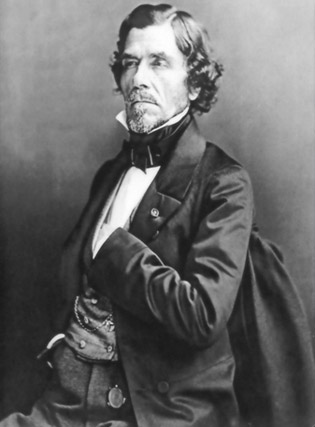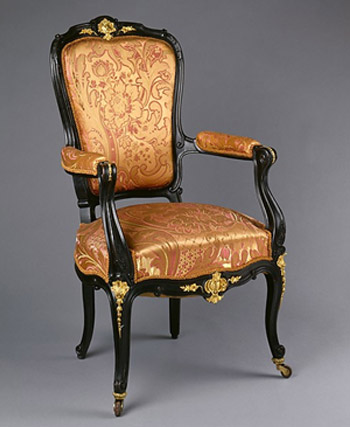The era shifts to the arts and literature of ancient Greece and Rome. Creativity and imagination bring achievements. Humanist scholars concerned about mankind are exalted. Painters begin to use worldly images in their work. Literacy among the secular world begins when the printing press is invented in Europe in the 15th century. North America is a beneficiary. See the recreated Gutenberg printing press at The International Printing Museum.
Eugene Delacroix (1798 -1863) is born a few miles from the center of Paris. His dad is a Dutch diplomat in the small kingdom of the Netherlands and his mother, Victoria, is the daughter of Louis XV’s famous cabinet-maker. In 1805 the family returns to Paris after the death of his older brother.
By that time, the sixteen-year-old, whose becoming an aspiring artist, is left an orphan.
Delacroix starts to train with David, the previous artist in the Renaissance collection, to learn his neoclassical technique. Eugene goes on to study and exhibits for the first time in the Paris Salon at the Louvre, to critics' mixed reviews; nevertheless, the State purchases his work for the Luxembourg Galleries.
Instead of studying in Italy with the old masters, who he fears will change him, Delacroix chooses England and the inspiration of Byron's poetry, and Shakespeare.
The romantic music of Chopin and the wilds of North Africa contribute to his musings. Delacroix's career is an upward trajectory with numerous honors along the way.

Renaissance, French Romantic movement (1800 - 1850) Romanticism emerges as a response to disillusionment with the Enlightenment values of reason and order in the aftermath, of the French Revolution of 1789.
At the height of the political turmoil raging in France, King Louis-Phillippe's ministry buys the magnificent Liberty and displays her briefly to avoid inciting supporters of Charles X. When the King is forced to abdicate, and flee to England at the end of the Revolution of 1848, Liberty goes off to the Musée du Luxembourg for safe keeping, and finally the Louvre in 1874.
Beethoven is the predominant musical figure in the transitional period between the Classical and Romantic eras.
Imagine yourself sitting in this armchair with gilt bronze mounts while listening to the French Romantic composer, Hector Berlioz and his "Symphonie Fantastique, “Episode of the Life of an Artist.”
This music is important to the early Romantic movement. The composer is ahead of his time, gaining worldwide popularity and the appreciation of Parisians. Berlioz debuts his work at the Paris Conservatoire in December 1830. Parisians are still moved by its melody, hear it now.
Go on to Describe, Analyze, Interpret & Conclude. Contact me for help.

Liberty Leading the People (1830. Oil on canvas.102 x 128 in. (260 x 325 cm.) celebrates the historical events of July 28, 1830, when the French people rise in rebellion and dethrone King Charles X of France.
This innovative work is rejected by critics for its lack of reality.
Delacroix writes to an older sibling, "I have undertaken a modern subject - a barricade, and although I may not have fought for my country, at least I shall have painted for her." In the same letter, dated October 21, he says, "my bad mood is vanishing thanks to hard work."
The Medal of the Legion of Honor is awarded to Delacroix in March of 1831.
Liberty, up for battle, carries the red, white, and blue National Flag of France. The color red is symbolic of bravery, power and blood shed for a cause.